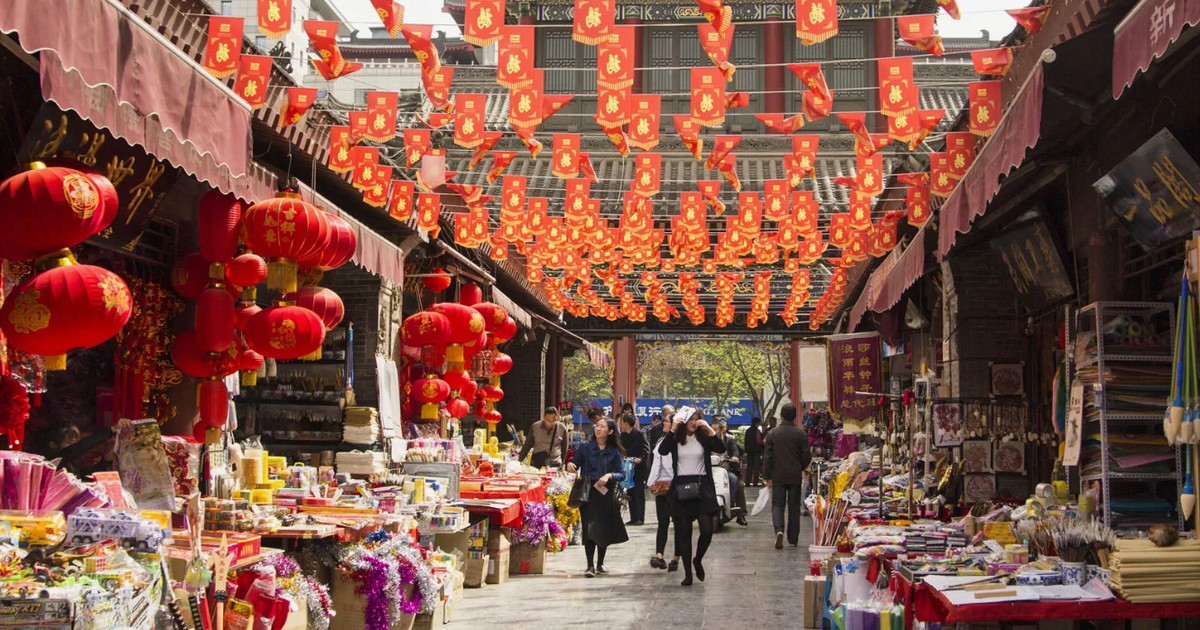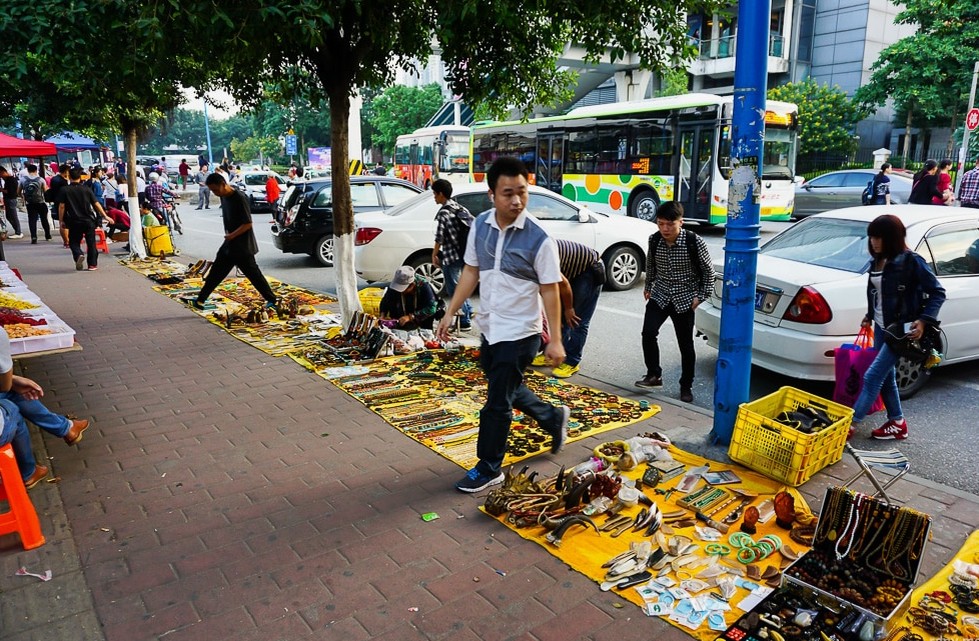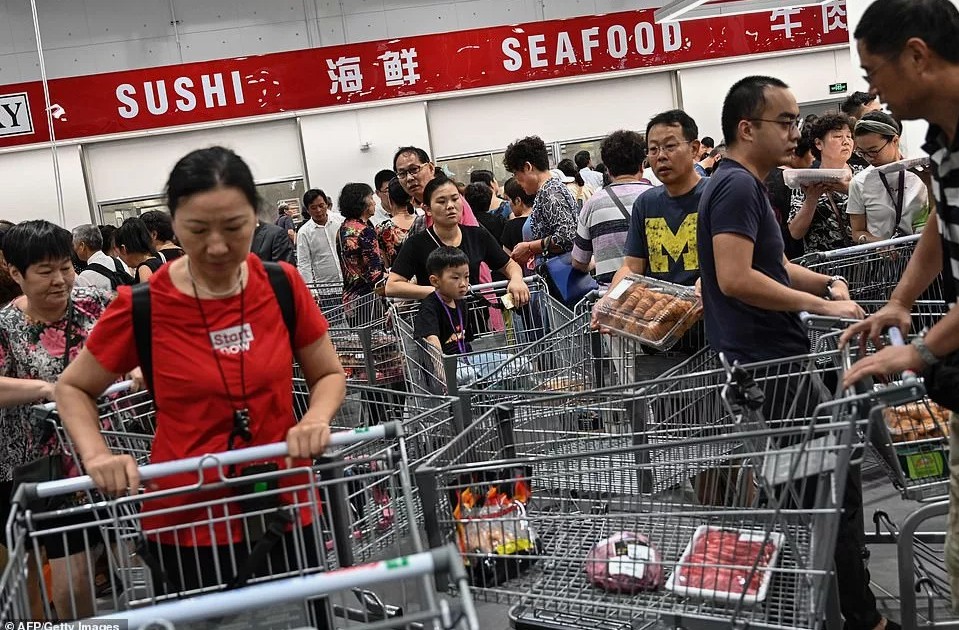China’s Online Shopping Shock: Local Stores Now Sell Everyday Goods for Half the Online Price
I used to think online shopping could always save money—shoes, hats, earrings—items I often found cheaper online than in stores. The Chinese shared the same assumption: online shops don’t pay rent, wages, or security guards. But recently, that picture has been turned on its head. Shopping online is no longer the obvious bargain. Small items in physical stores can now cost about half of what you’d pay online, sometimes even less. This is especially clear for ordinary accessories, little jewelry, and common household goods. Online sellers faced a turning point: they had to invest not only in logistics but also in cut‑throat competition and advertising to stand out among hundreds of similar vendors. Suddenly, these intangible costs outweighed the price of a shelf in a real shop. The data backs it up. Up to 2023, online purchases of consumer goods in China were climbing. In 2024, for the first time, growth stalled and even contracted in volume. The market wasn’t just slowing; it was shrinking. And it’s not just about savings or a student loan crisis—these shifts are measured as a share of all purchases. In 2024, the online share fell from 28% to 27%, and as the year progressed, it dropped by another 1.5 percentage points. Chinese shoppers are highly sensitive to any perceived saving. If a physical store has a sale, the news travels fast among friends. Meanwhile, after accounting for promotions and policies like money-back guarantees that aren’t always fully honored online, the online platforms can’t match such in-person sales. Even the media landscape reflects this shift: the Chinese platform Tingtong Tech reports that more companies—including cinemas, hotels, and restaurants—are turning away from online platforms because e-commerce is costly. They redirect those savings to offline traffic. As a result, buying cinema tickets at the counter can be cheaper, and hotel check-ins at the desk can beat online booking prices. Nevertheless, online stores still count on consumers paying for convenience. Not everything can be bought in one place, and after the pandemic, many people are reluctant to visit stores for every need, especially with demanding work schedules like 9-9-6. China’s business sector is highly agile, and new small neighborhood shops are opening to stock a wide range of daily goods in one place. They study ordering patterns and stock what people already avoid going out for, placing those items on the shelves. What do you think—has this happened where you live, or not yet? In my own experience, clothing online still tends to be cheaper than in-store. If you enjoyed this, please subscribe and share your thoughts in the comments.

In This Article:
Hidden Online Costs: Why Digital Platforms Are No Longer the Cheapest Choice
Online sellers no longer win merely by posting a lower price. They must invest heavily in logistics, fierce competition, and advertising to stand out among hundreds of looks-alike shops. These intangible costs have begun to outweigh the old advantage of a cheap shelf. What looks like savings online can vanish once promotions, data tracking, and return policies come into play. In short, the online model is negotiating with higher operating expenses, which eat into margins that used to be invisible to the shopper.

The Data Speaks: 2024 Marks a Turning Point for Online Shopping in China
Data shows a genuine turning point in 2024. After years of growth, online purchases of consumer goods slowed and even declined. From 28% of all consumer purchases, the online share fell to 27%. As the year continued, it slid by a further 1.5 percentage points. The shift isn’t just about price; it signals a rethinking of how people buy, where they buy, and what they value in a shopping experience. Online platforms face rising costs that can erode the perceived convenience they promise. This moment of change invites readers to ask: what will shopping look like in the near future — online, offline, or a blend of both?

Neighborhood Stores Rise: A New Model for Everyday Goods
In response to the online shift, small neighborhood shops are opening up where you can buy a wide range of daily items in one place. They analyze order volumes to see what people skip and stock those items accordingly, making a quick, convenient trip feel worthwhile. There’s a personal note in this trend: for me, clothes bought online still look cheaper than those in stores. But the local shop model aims to be the one-stop alternative—saving time, reducing delivery waiting, and sometimes offering better prices for everyday needs. What do you think about this development? Have you noticed a similar shift in your community? I invite you to subscribe and leave a comment with your experience and questions.

